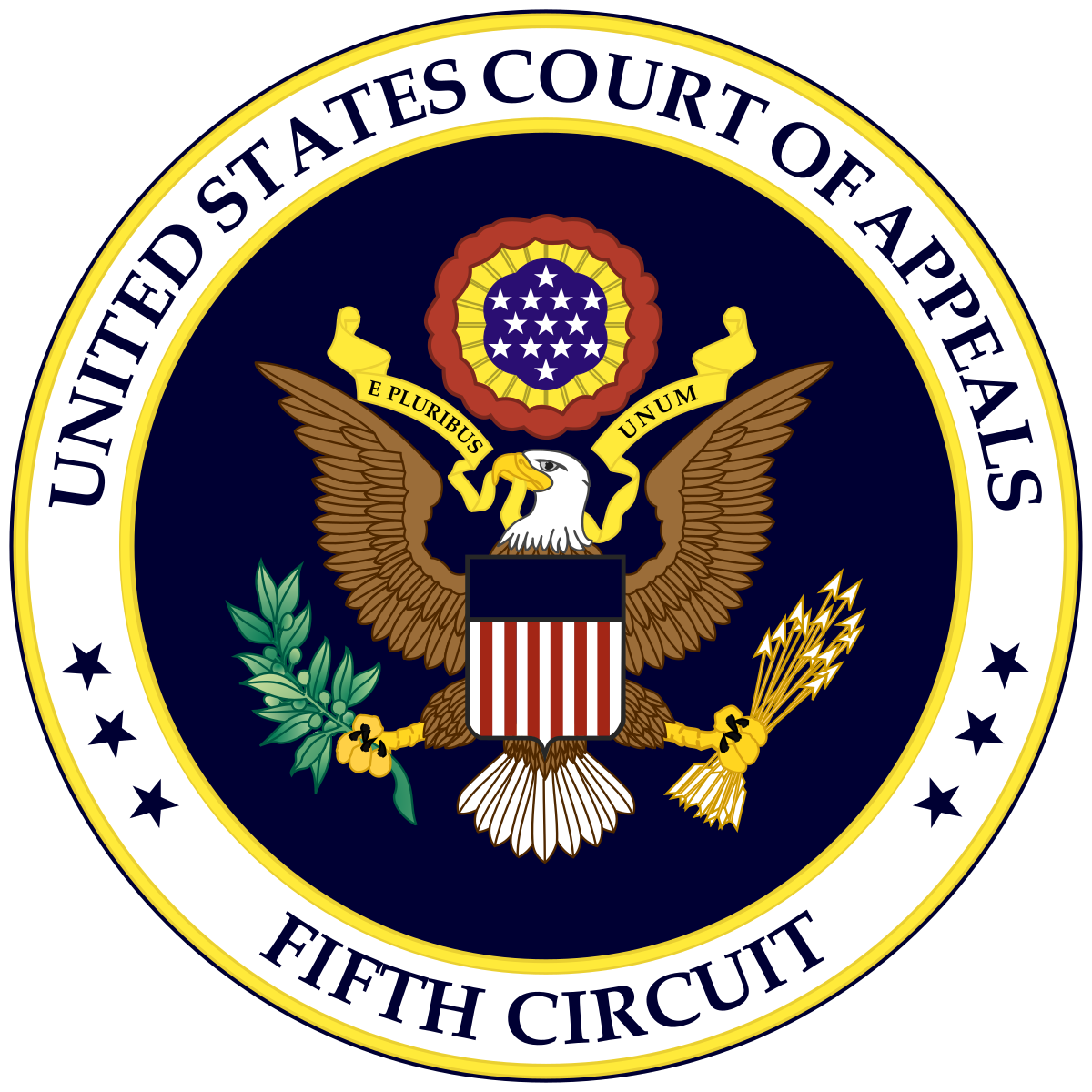Originally Published on forbes.com on November 7th, 2011
______________________________________
The Fifth Circuit has upheld the Tax Court in their decision last fall in the case of Ramesh J. Bosamia, et ux. v. Commissioner ( TC Memo 2010-218). The taxpayers had two S Corporations. One was on the cash basis and the other was on the accrual basis. Guess who owed whom ?
The tax law tolerates some significant asymmetrical results. For example if you make a charitable contribution of appreciated property, you get to deduct the fair market value of the property without recognizing income from the appreciation. That is one of the real reasons Warren Buffett’staxes are so low. (If your basis is greater than the fair market value it would be smarter to sell the property and give the cash.) Deductions fordepletion computed on the percentage method can exceed the basis of the depletable property. That’s why having a gold mine is like having a gold mine.
Nonetheless, there are many situations where you ignore the bigbalance sheet in the sky at your peril. What Ramesh and Pragati Bosamia did was actually on the egregious side. They owned two S corporations – India Music (IM) and Houston-Rakhee Imports (HRI). IM sold sheet music to the public. It purchased the sheet music from HRI. IM was on the accrual basis of accounting. From 1998 to 2003 it recorded over $800,000 in cost of sales for sheet music that it purchased from HRI.
HRI did not do a very good job of collecting its receivables. During the six year period it collected exactly nothing from IM. It should come as no surprise that HRI was on the cash basis of accounting. The IRS finally caught up with this when they audited 2004. They disallowed any cost of sales for 2004 under Section 267 which limits accruals to related parties who are not themselves on the accrual basis.
The statute of limitations was closed on years prior to 2004. So the service took the position that the accruals had constituted an impermissibleaccounting method. This required a cumulative adjustment for all the accruals hitting the couple with just shy of $300,000 in tax and $60,000 in penalties for the 2004 year. The Tax Court upheld the IRS determination.
The Fifth Circuit upheld the Tax Court:
Therefore, we find that the language of §§ 267(a)(2) and 481 plainly provides that a § 267(a)(2) disallowance constitutes a change in a taxpayer’s method of accounting for the purposes of § 481, given the definition in the applicable Treasury Regulations. In essence, when Congress enacted the current language in § 267(a)(2), empowering the Commissioner to postpone a related party payor’s deduction until its related party payee included the underlying payment in its gross income,see Deficit Reduction Act of 1984, Pub. L. 98-369, § 174(a), 98 Stat 494 (1984), the applicable Treasury Regulations explicitly provided that a change in method of accounting included a change in the treatment of any material item—i.e., “any item which involves the proper time for the inclusion of the item in income or the taking of a deduction.” Treas. Reg. § 1.446-1(e)(2)(ii)(a). Accordingly, by requiring the Commissioner to postpone the proper time at which taxpayers could take certain deductions arising from related party transactions pursuant to § 267(a)(2), Congress evinced a clear intent that applications of § 267(a)(2) necessarily change a taxpayer’s method of accounting.
I usually root for the taxpayer, but this particular scheme was rather nasty and it would have bothered me quite a bit if they had gotten away with it. I do, however, have a certain grudging admiration for their persistence in fighting the case.































































































